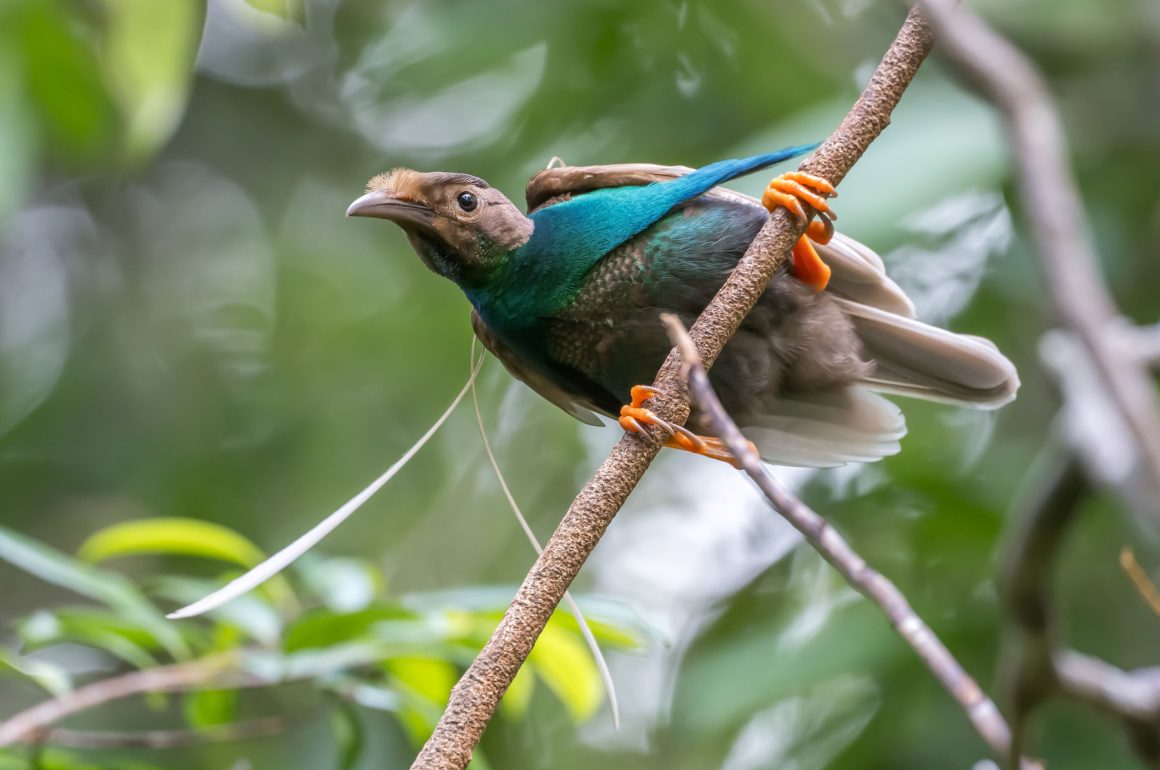
Yes, I know. It would have been quite hard to come up with a lamer headline than the one above. And the “standard” in the Standardwing is derived from the weird feathers of the species that apparently resemble flags, for which standards is another name – rather than indicating any degree of normality. And yet, for this bird, one of my typical dry and boring headlines (“Birding XY”) did not seem adequate.
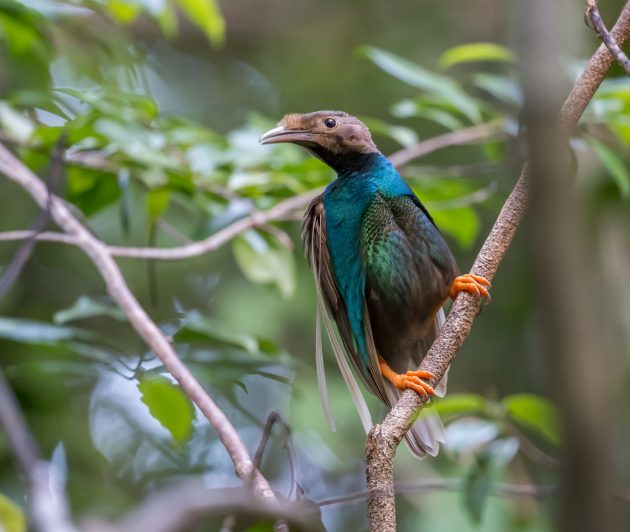
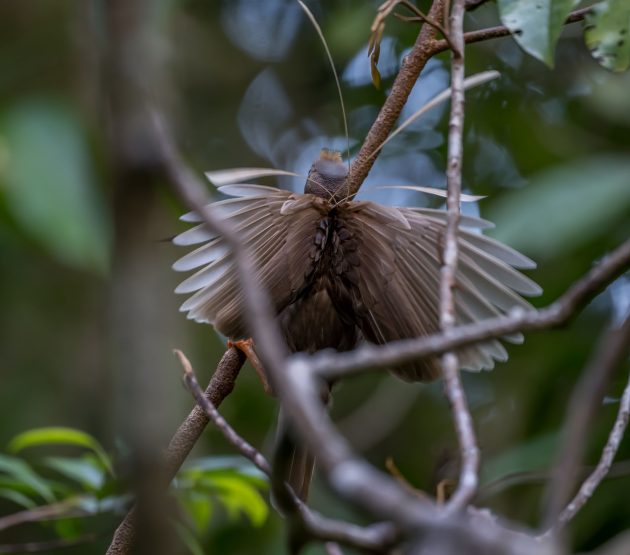
Here’s what I did to see the Standardwing. Got up at 1 am. Checked my emails and wrote a few of them (after all, I sometimes still pretend to have a real job). Got into a car at 1.30 am and arrived at the entrance of the National Park (TN Aketajawe-Lolobata–Pak Roji’s) at 3.30 am. Had some coffee with the ranger there and then started walking with him to the tower at the Standardwing lek a little bit after 4 am. Was proud when it only took 1 hour and 20 minutes to arrive there (the ranger said it usually takes 2 to 3 hours). Waited at the tower from 5.30 am. Heard the first screeching Standardwings at around 6.15 am when it was still completely dark and started worrying – would the birds disappear before sunrise (a worst-case scenario for a photographer)? Then, at around 6.45 am, started taking photos (around 5000 of them, most of which were completely useless given the long exposure times and the very fast movements of the birds). Then, at about 7.25 am, it was over, leaving only the walk back to the park entrance.
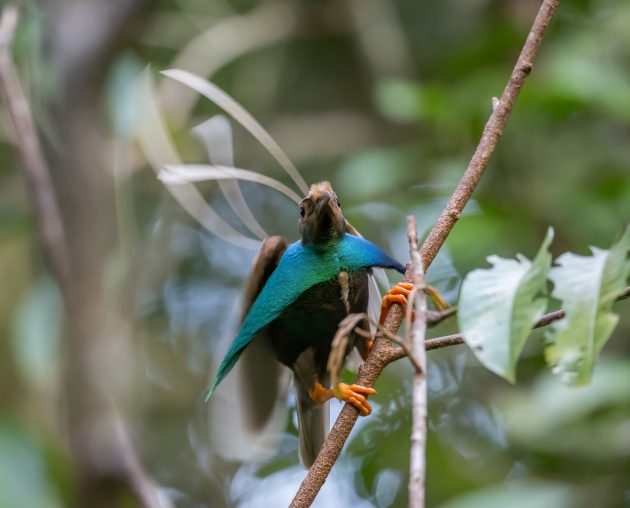
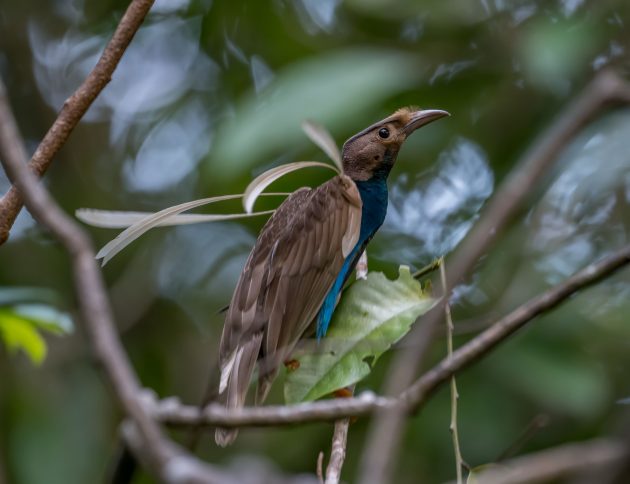
During that walk back, the ranger told me a bit about his background – in decent English, must have talked a lot with other birders given that he only finished elementary school. It turns out he was an illegal logger and bird hunter before becoming a ranger – the latter a story somewhat similar to some of the Yunnan bird guides and bird hide owners.
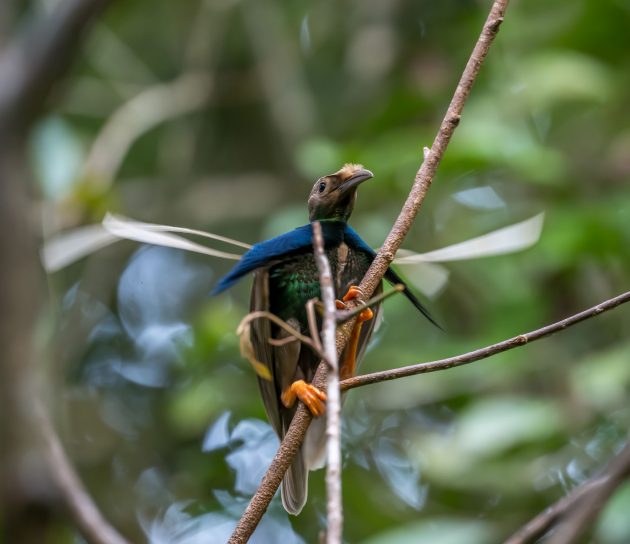
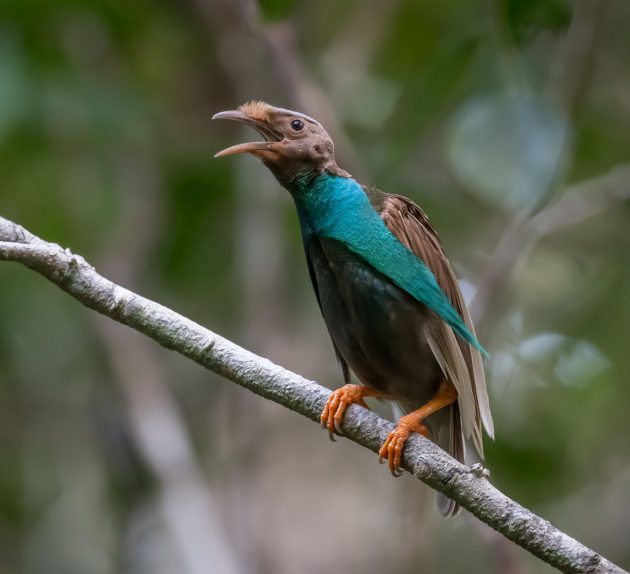
A nice dog accompanied us the whole way to the tower and back, occasionally a bit disappointed with our (in its opinion) still slow speed. Nice to have a friendly animal companion as I missed my cats. Sometimes I think that if I believed in any kind of afterlife, I would look forward much more to seeing some of the animals I have known than any people, my parents included. Unfortunately, I do not believe in an afterlife, so I do not think I will ever see cats like Mini or Xiaomao again. On the plus side, not believing in an afterlife also means I do not have to worry about my deceased parents learning about the above preference.
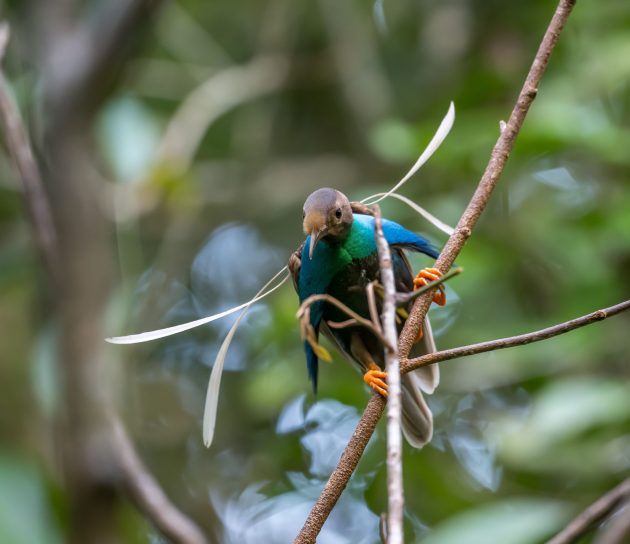
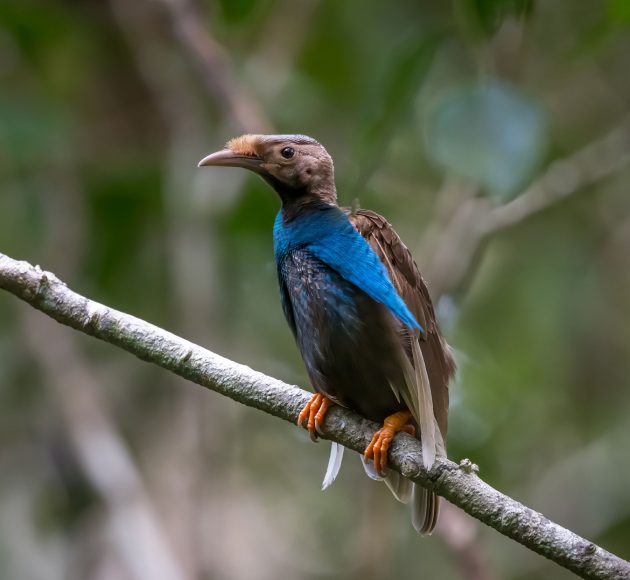
But yes, the bird. It is a Bird of Paradise, even though it looks less like a creature one would encounter in paradise. A cross between a teddybear (getting a bit thin in the fur already due to past affection), a superhero (batman – the cap), and a dying insect (the weird white feathers), I am not sure I want to wake up after I am dead and see this creature, though I can imagine that fans of horror movies would see this differently.
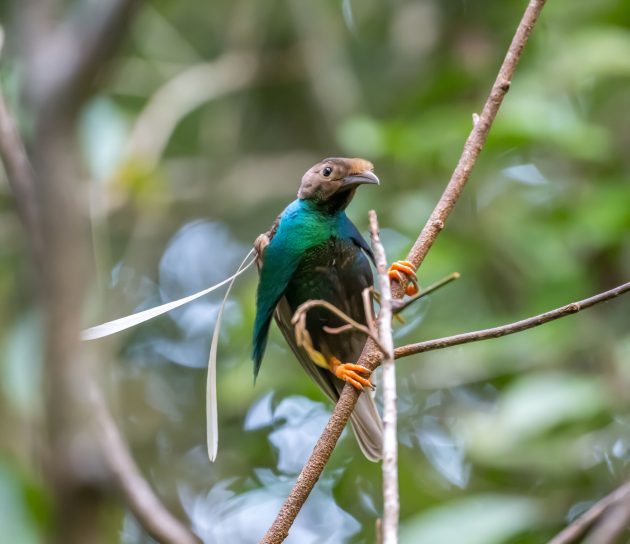
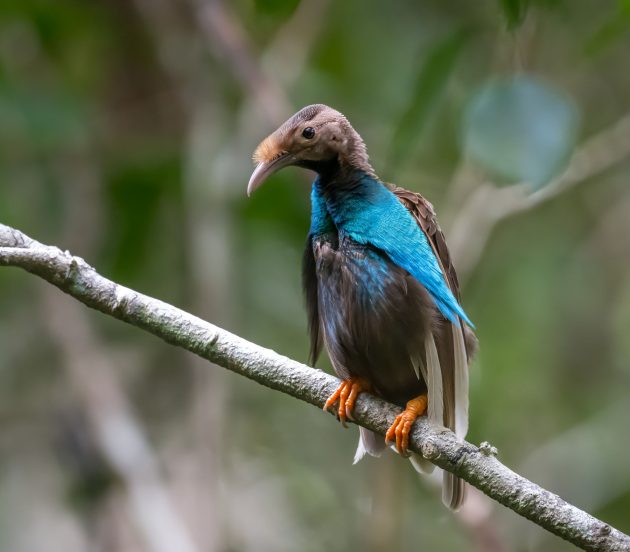
While the photos do not show this, the males give quite a performance – lots of screeching and sudden jumps and flaps – certainly worth seeing. Unfortunately, I am bad at describing this lekking behavior – but so is the scientific literature: “A vertical aerial display conspicuously exhibits the previously unremarked upon contrastingly pale primaries in fully plumaged males. This aerial display, whilst unlike any previously described for Paradisaeidae, may be homologous to inverted perch displays by Paradisaea spp. as are other displays of the Standardwing. “
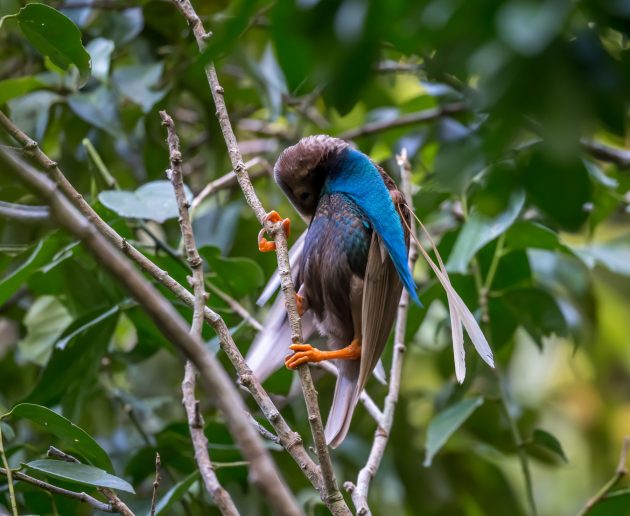
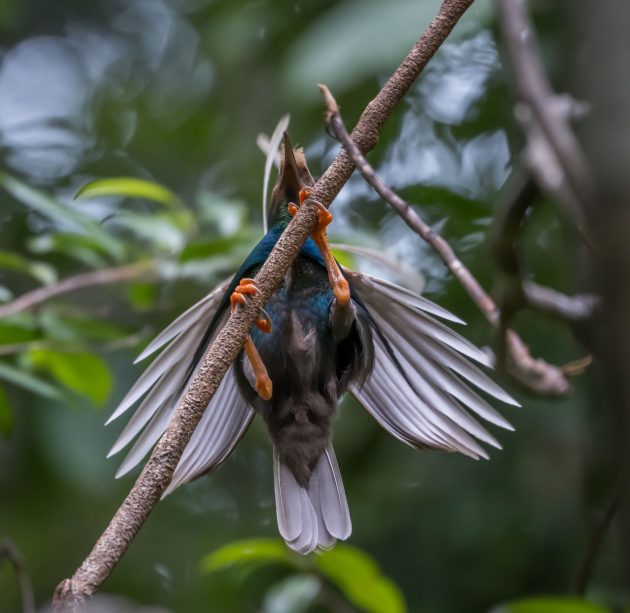
While male Standardwings do not smoke, all this jumping and screeching puts a toll on them – their life expectancy is about 5-8 years (source).
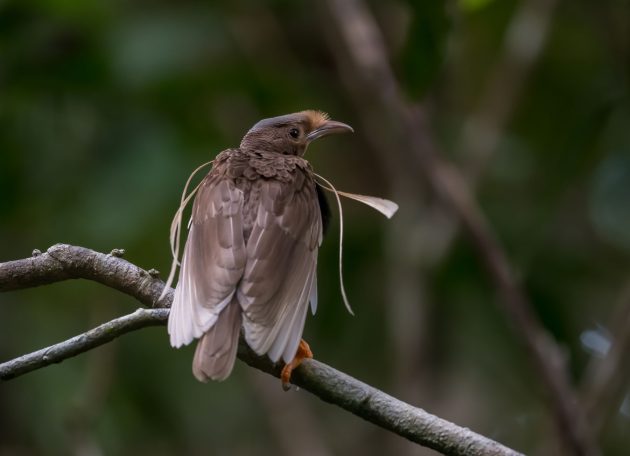
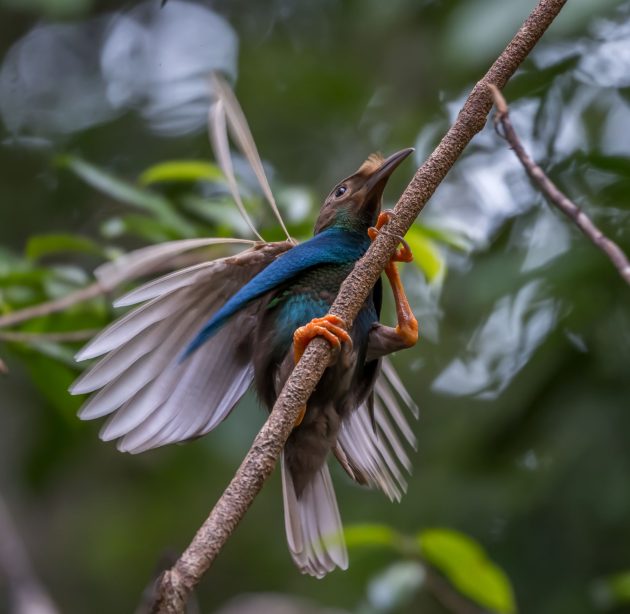
Alfred Russell Wallace is rather admired in this part of the world – you can find his bust in some places, and he wrote some of his major work on Ternate, an island very close to Halmahera. Even the first name of my guide on the island – Alfrets – seems to have been chosen in his honor.
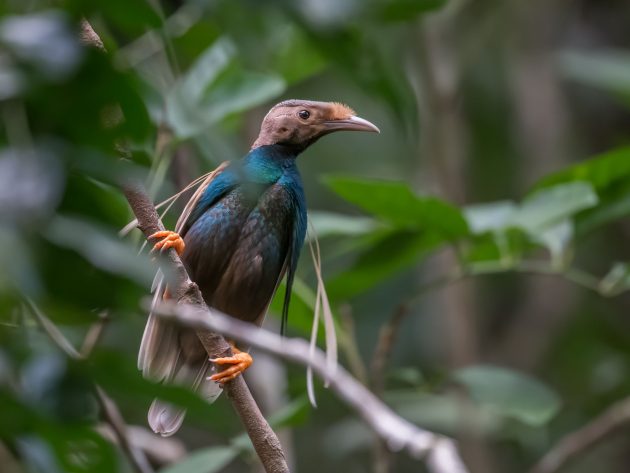
Appropriately, the scientific name of the Standardwing, Semioptera wallacii, also commemorates him.
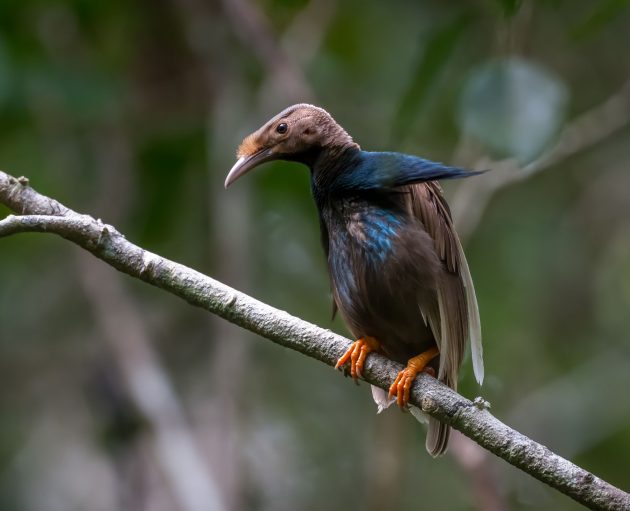
Which is fair – he first described the bird, after all. And was quite excited about it, writing to his agent Stevens in 1858 (source):
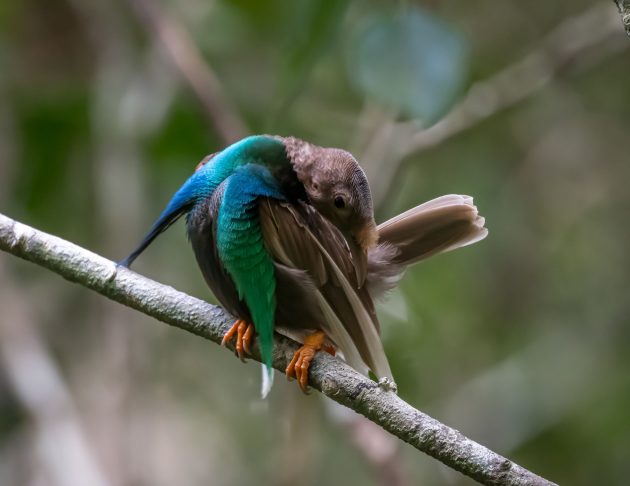
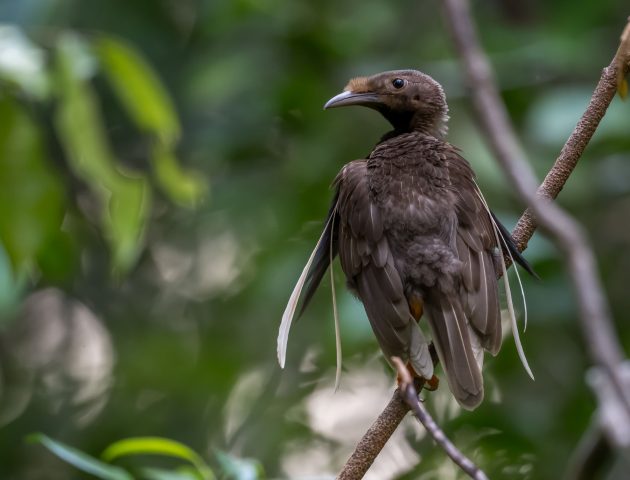
“...I believe I have already the finest & most wonderful bird in the island. I had a good mind to keep it a secret but I cannot resist telling you, I have got here a new Bird of Paradise!! of a new genus!!! quite unlike any thing yet known, very curious & very handsome!!! When I can get a couple of pairs I will send them overland to see what a new Bird of Paradise will really fetch. I expect £25 each! Had I seen the bird in Ternate I would never have believed it came from here, so far out of the hitherto supposed region of the Paradiseidae. I consider it the greatest discovery I have yet made…“
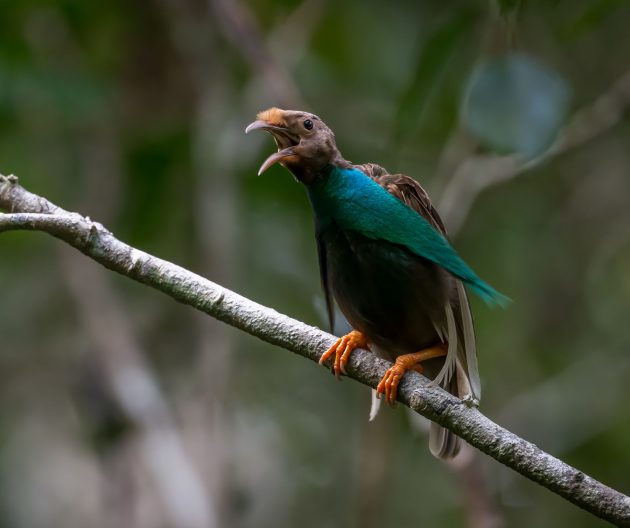
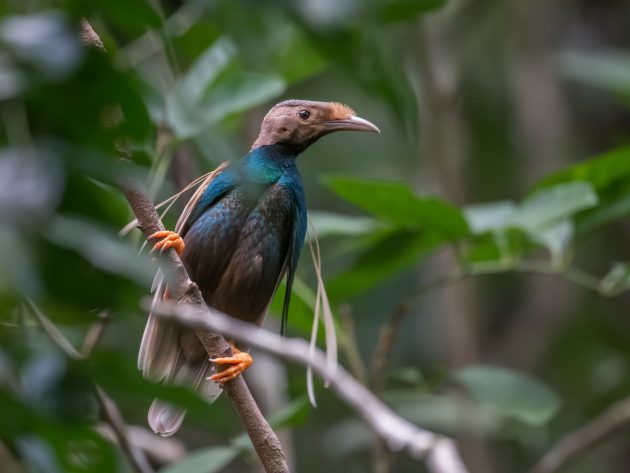
Lots of exclamation marks, but Wallace is also showing his mercantilistic side in a slightly too obvious way, I feel …
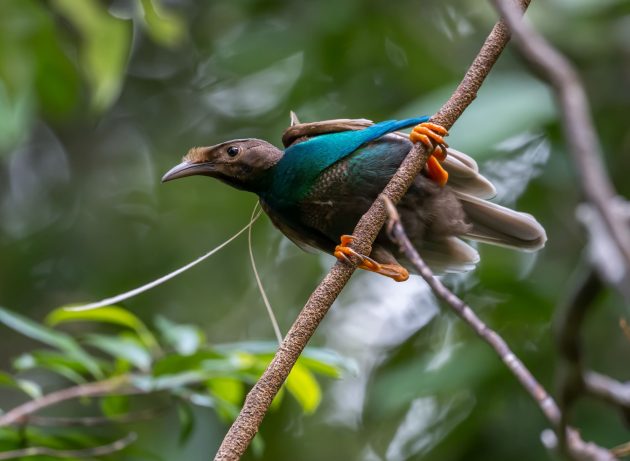
Given the role of the assistant in finding the bird, it is not surprising that Wallace has been accused of the typical behavior of colonial masters – see here for details. While this has some truth to it, it is not too different from the way university professors today often claim the results of their students mainly as their own (and bosses the successes of their underlings) – a practice that cannot be described as colonialism …
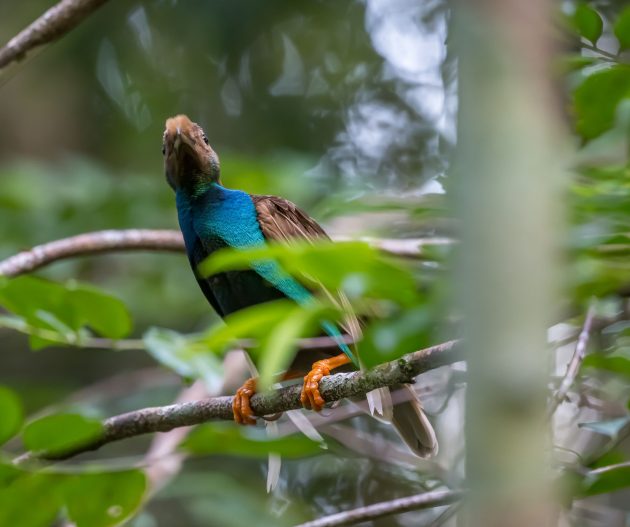
And of course, in those days, shooting birds was still the main way to study them (birdwatchers, think of that when you complain about bird photographers) – see Wallace’s remarks in his 1869 book The Malay Archipelago (source):
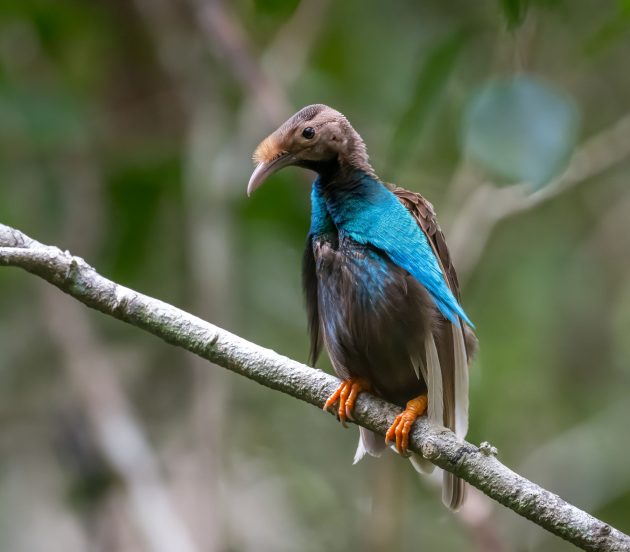
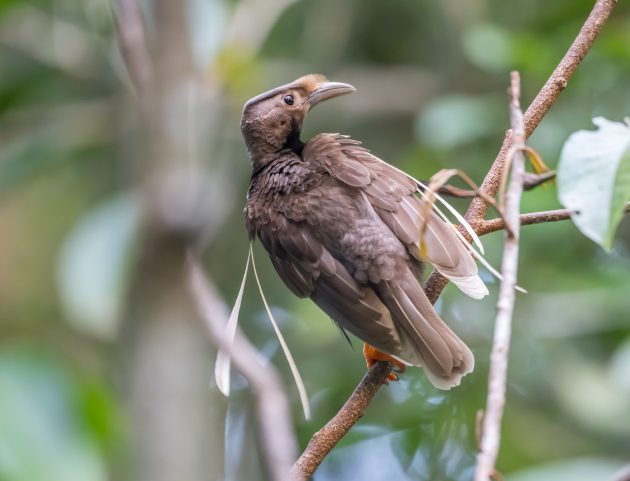
“Just as I got home I overtook Ali returning from shooting with some birds hanging from his belt. He seemed much pleased, and said, ‘Look here, sir, what a curious bird,’ holding out what at first completely puzzled me. I saw a bird with a mass of splendid green feathers on its breast, elongated into two glittering tufts; but, what I could not understand was a pair of long white feathers, which stuck straight out from each shoulder. Ali assured me that the bird stuck them out this way itself, when fluttering its wings, and that they had remained so without his touching them.”
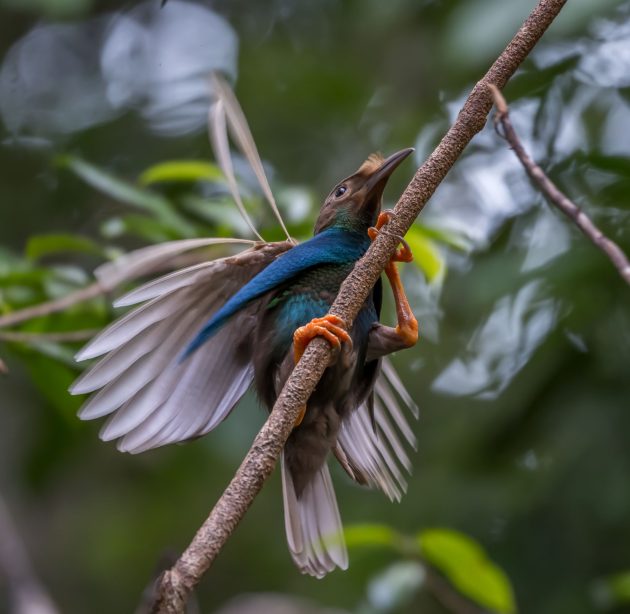
While the Standardwing is range-restricted, it is apparently fairly common on Halmahera – one study (though from 1999) states that it was the fifth-most frequent passerine on the island in a survey.
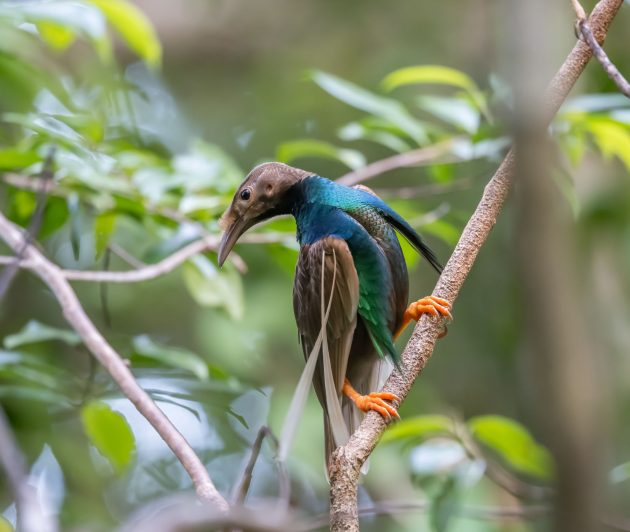
If you really want to get into the depths of Standardwing scientific knowledge, you can read about the sequence of plumage evolution in the Standardwing. It states that “males possess an iridescent green breast shield and a pair of remarkable elongated wing coverts on each wing” (the standard wing, I presume) but also faintly criticizes the “dull, unbarred plumage of both sexes”.
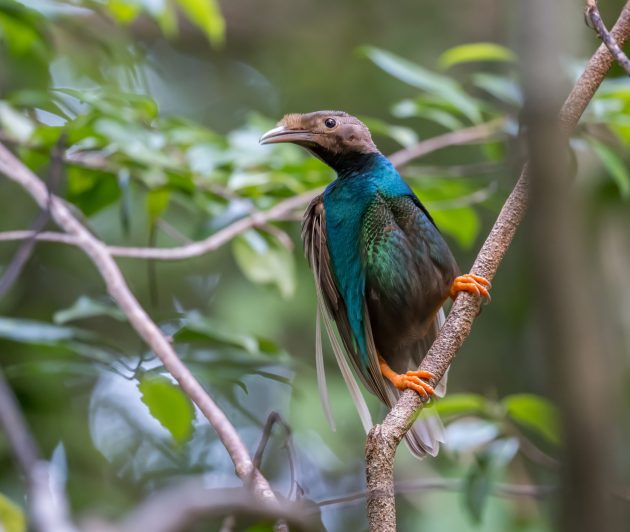
Final remark: while editing the Standardwing photos, I was wondering whether a male Standardwing looks more like Donald Trump or like Joe Bide. To me, it depended on which photo I looked at. Opinions welcome.
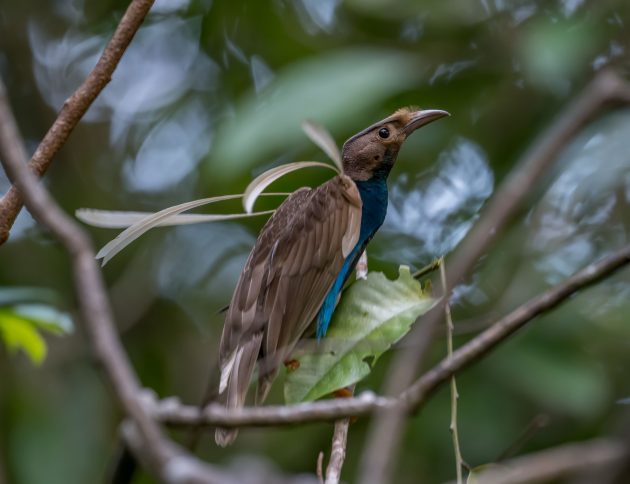








Great post! What an interesting bird 🙂 The limb proportion reminds me more of Trump, but he also has a bit of Biden in him, you’re right about that!
I’m embarrassed to say that I had to check exactly where Halmahera is. Not an easy destination from the UK!
It’s clearly worth the effort of going there, as the Standardwing is clearly a fascinating bird. Great pictures.
On the one hand, the islands’ names bring embarrassment of Dutch colonial history (many dark pages) but on the other hand I did learn about those same islands at school through respectful descriptions. Birds were never mentioned so Kai’s post has addressed a gap and then some!
Birds of Paradise are both amazing and weird looking. Unfortunately, I don’t think I’ll ever get to see one myself. Sigh! Thanks for sharing with us.
What a bird, fascinating!